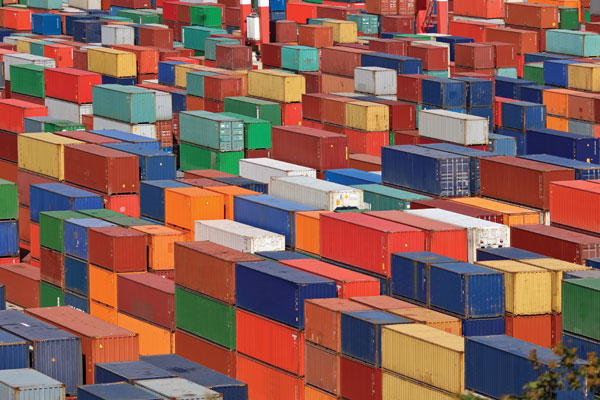Intermodal volumes finish 2020 with strong momentum, reports IANA
December and full-year 2020 intermodal volumes were mixed, according to data provided to LM by the Intermodal Association of North America (IANA).
Total December container and trailer shipments—at 1,603,236—headed up 13.8% annually, driven by a strong end of the year surge paced by ongoing import growth and the timing of the holiday season. Domestic containers—at 690,032—rose 15.9%, and trailers—at 124,241—were up 19.6%, and all domestic equipment—at 814,273—were up 16.4%. ISO, or international, containers—at 788,963—saw a 11.2% annual increase.
For calendar year 2020, IANA reported the following:
- domestic containers rose 3.5%, to 7,837,713;
- trailers were down 3.3%, to 1,186,996;
- all domestic equipment was up 2.6% to 9,024,709;
- ISO containers declined 6.2%, to 8,764,483; and
- total units were down 2.0%, to 17,789,192
As previously reported, a major driver for intermodal gains has been the e-commerce surge spurred on by the ongoing COVID-19 pandemic, as well as inventory restocking efforts, and a domestic equipment bounce back.
In its third quarter report, IANA explained that “ongoing impacts of COVID-19 makes forecasting intermodal changes challenging,” adding that it expected total quarterly intermodal volume to continue to head up over the balance of 2020, at what it called a moderate pace, with: domestic container volumes pegged to increase 2%-to-4%; trailer loads to fall around 6% annually, still improving over double-digit losses year-to-date through July; intermodal is expected to fall at least 8%; and total intermodal volumes are projected to fall between 3%-to-5%.
“Projections have intermodal volumes staying strong through at least the end of this year,” IANA President and CEO Joni Casey told LM. “Given the volatility resulting from COVID-related shutdowns and the impact on the economy, it’s hard to tell what traffic will do going into Q1 of 2021.”
Addressing the impact of still-tight truckload capacity as a driver for intermodal gains, Casey said that is definitely a reason for gains in domestic intermodal volumes, along with the significant increases in e-commerce shipments. And she added that the pairing of inventory replenishment occurring in tandem with strong import volumes a major boost for intermodal, and e-commerce volume growth are also major catalysts.













